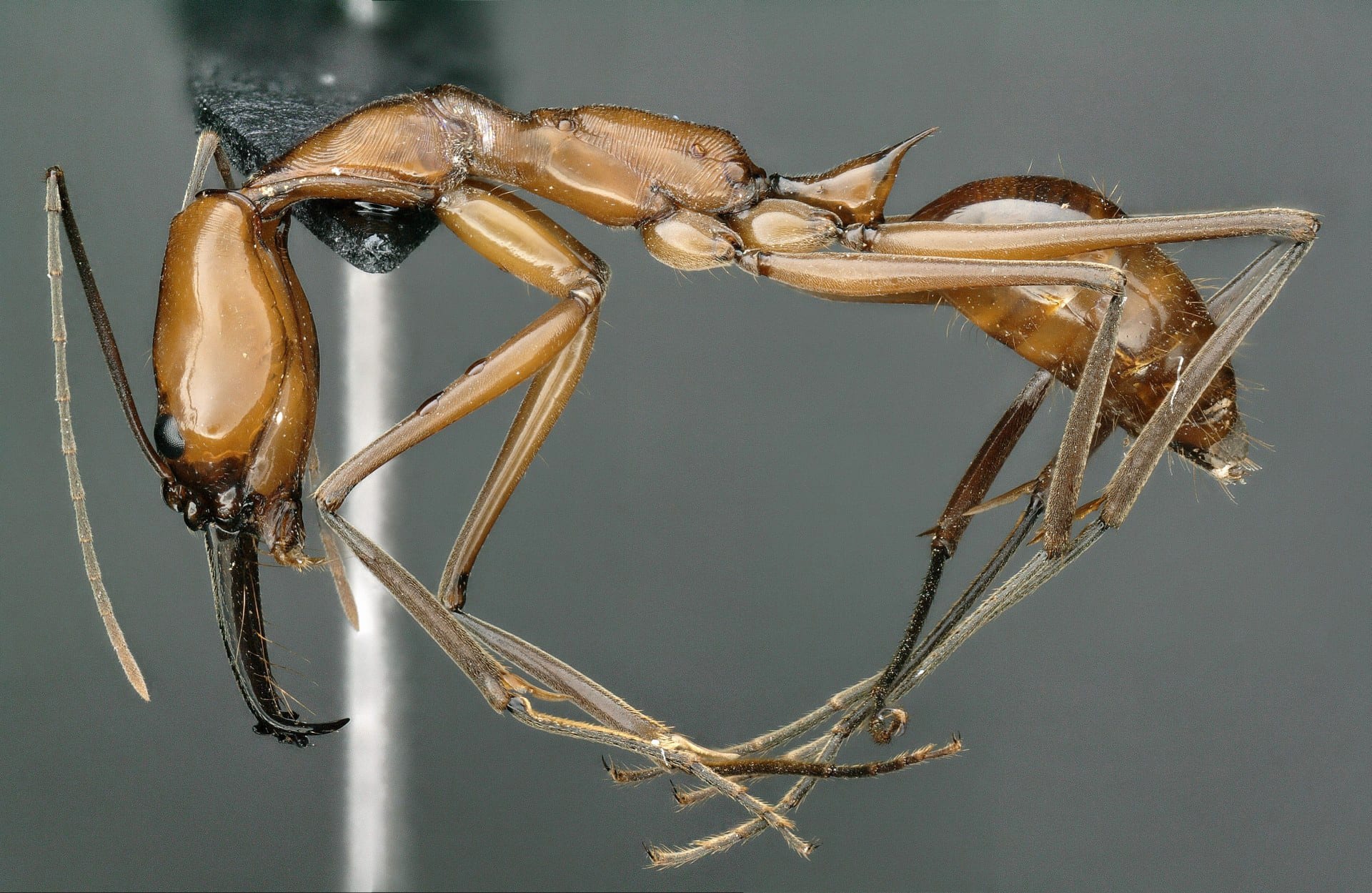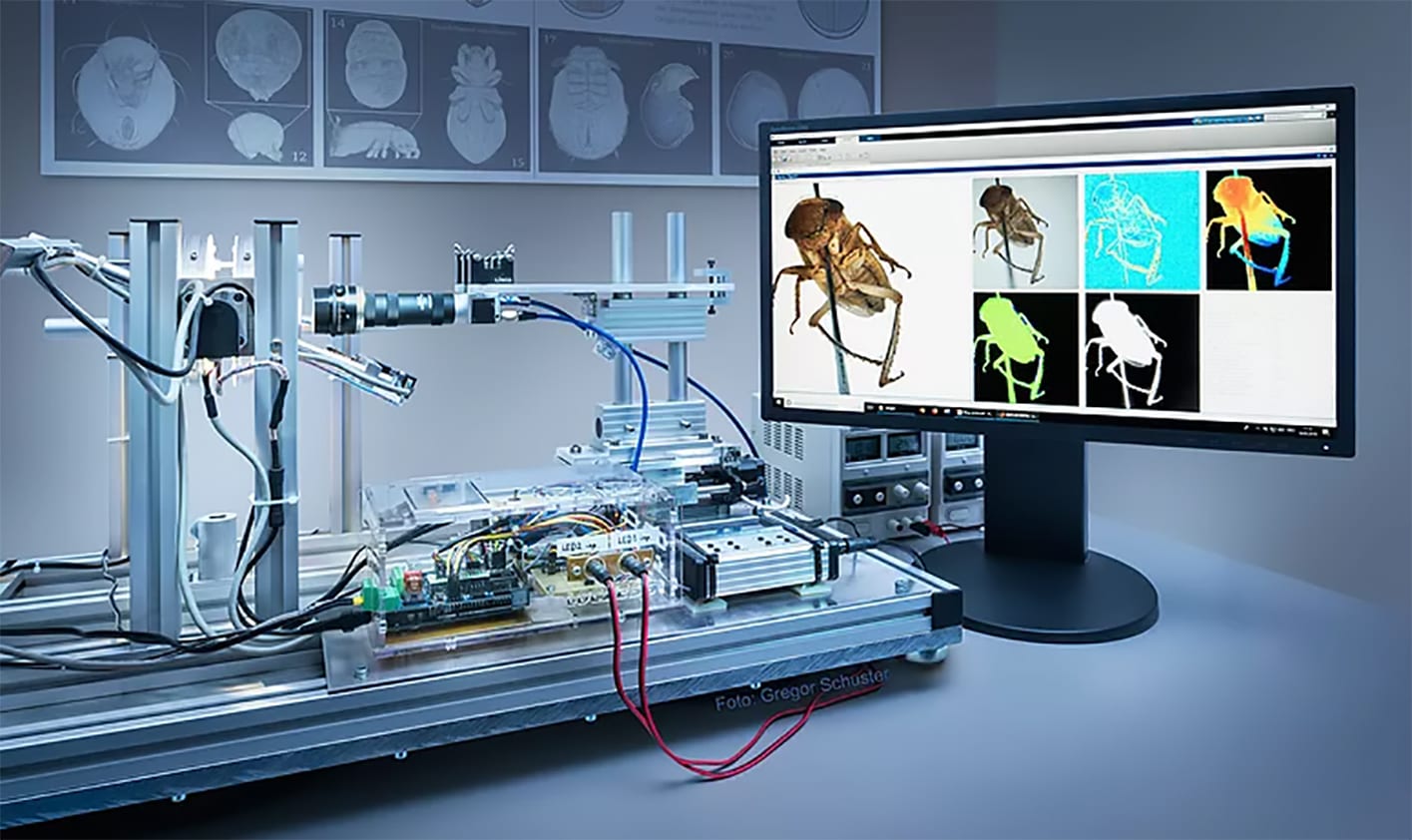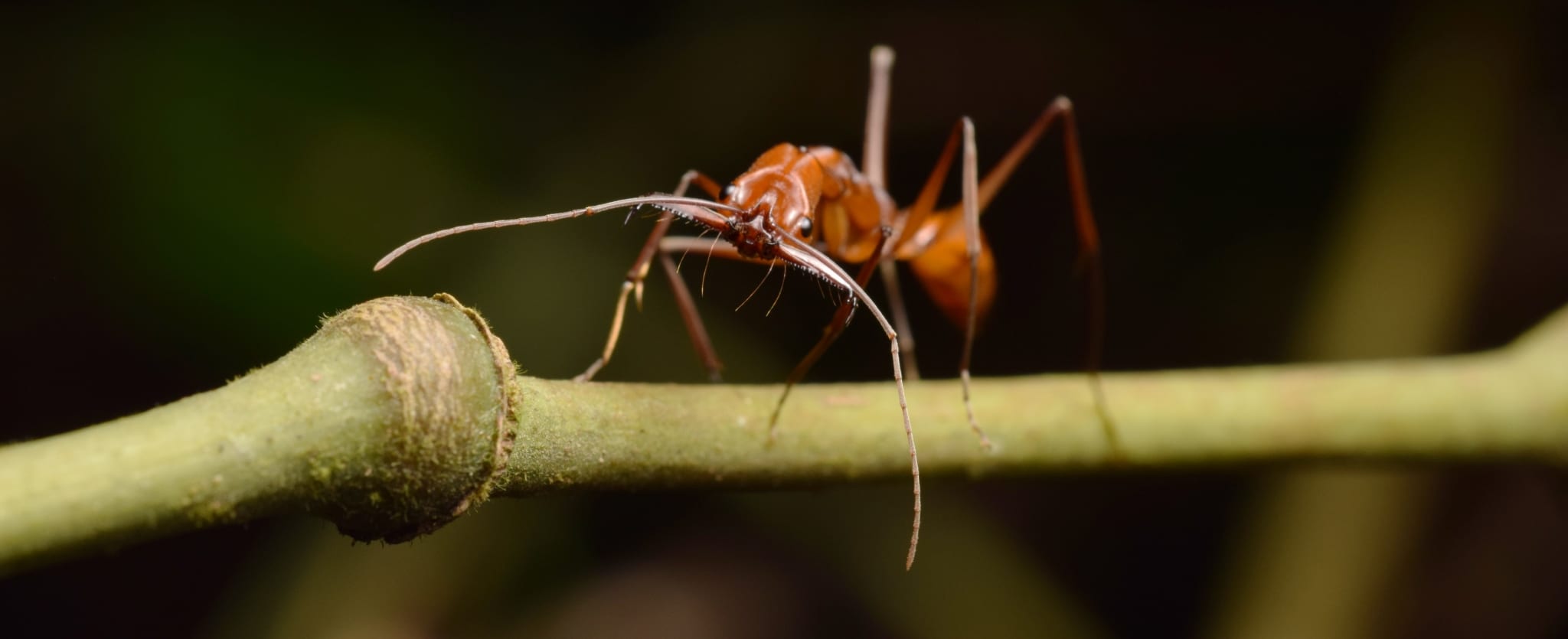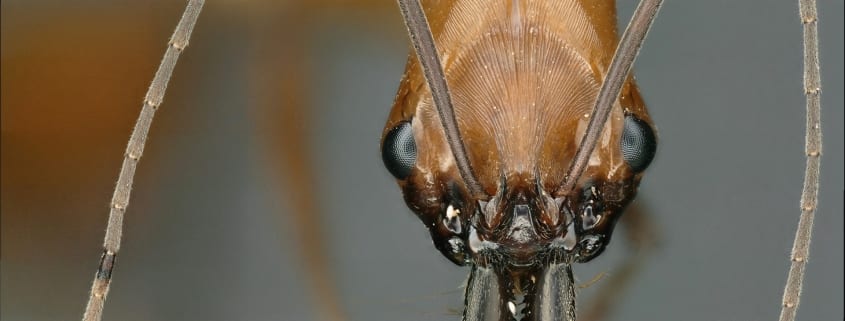Species of Ant Discovered in Rainforest Trust Reserve Described First by New Technology
Scientists across the world have a new way to examine insects in three dimensions without the need for a physical specimen. Researchers in Germany have created the DISC3D, a new device that combines automated digitization, extended depth of field and multi-view imaging to produce hundreds of sharp images from insects, allowing to generate detailed 3D-models of these small animal — think of a Star Trek hologram, but way more scientifically accurate and useful! A newly discovered trap-jaw ant species is the first insect being described through this innovative technology. Part of the Odontomachus genus of ants, this new-to-science species was discovered in a reserve established by Rainforest Trust and local partner Jocotoco in Ecuador, and it is the featured insect species in our Species Legacy Auction, running now.

Images recorded with DISC3D can be used to produce models with accurate morphology, coloration, and photographic texture, serving as a digital twin of the holotype. A holotype is a single physical example of an organism used when a species is first scientifically described. Digital holotypes of animals like the Odontomachus ant are especially useful as habitat degradation threatens the existence of endangered and endemic species, and digital versions of these unique creatures can be studied in lieu of trapped specimens. This technology will help with digitizing natural history collections, which is a major challenge in studying and archiving biodiversity.

“As you can imagine, it can be problematic to get access to certain specimens, especially if there are only very few collections,” said Philipp Hönle, one of the entomologists describing the new trap-jaw ant. “Through our species description, every scientist around the world will be able to download the 3D-model of the new trap-jaw ant and can look at it from his computer!”
The ant species may be imaged from virtually any view, calibrated in real color and texture. Models created via DISC3Dprovide morphometric data in three dimensions, opening new opportunities for research in taxonomy and phylogeny (species naming and relatedness) and functional ecology.
“We developed DISC3D for two general purposes: First, we wanted to automatically digitize insects from multiple viewing angles with extended depth-of-field. These images can be made available online and be used to analyze features of the specimens without physical handling. Second, these images can be used to calculate 3D-models of insects, allowing to visualize, inspect, and measure the specimen in three dimensions,’ said Michael Heethoff, one of the developers of DISC3D.
The opportunity to pre-bid on naming the new Odontomachus trap-jaw ant is available now. The winning bidder’s chosen name will be highlighted in scientific literature describing the ant with the new DISC3D technology.






